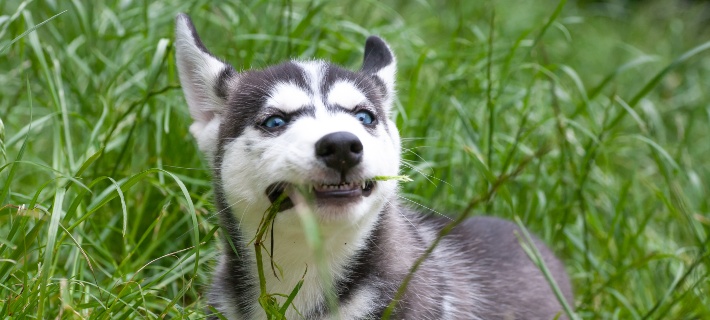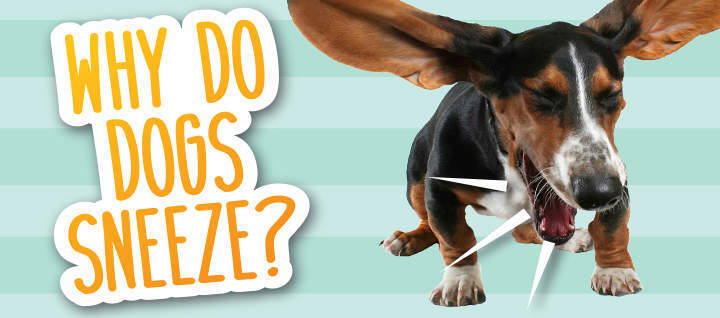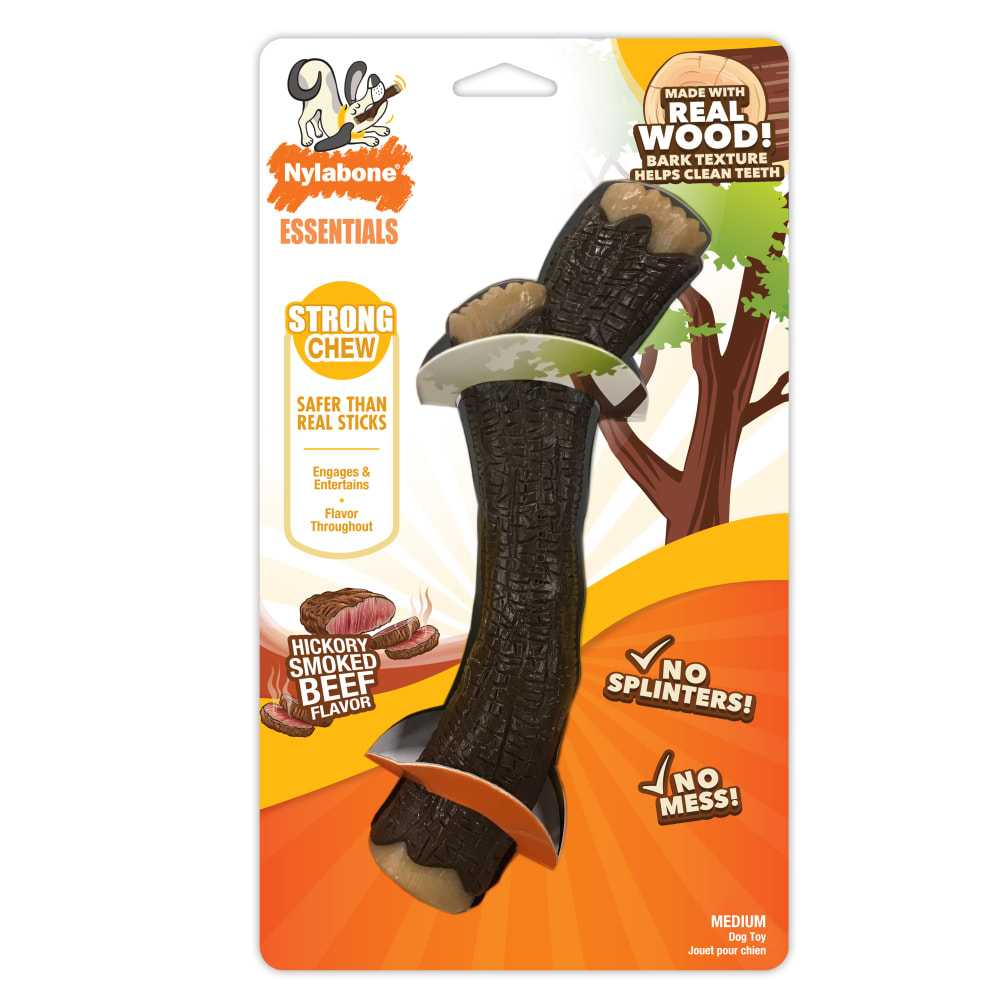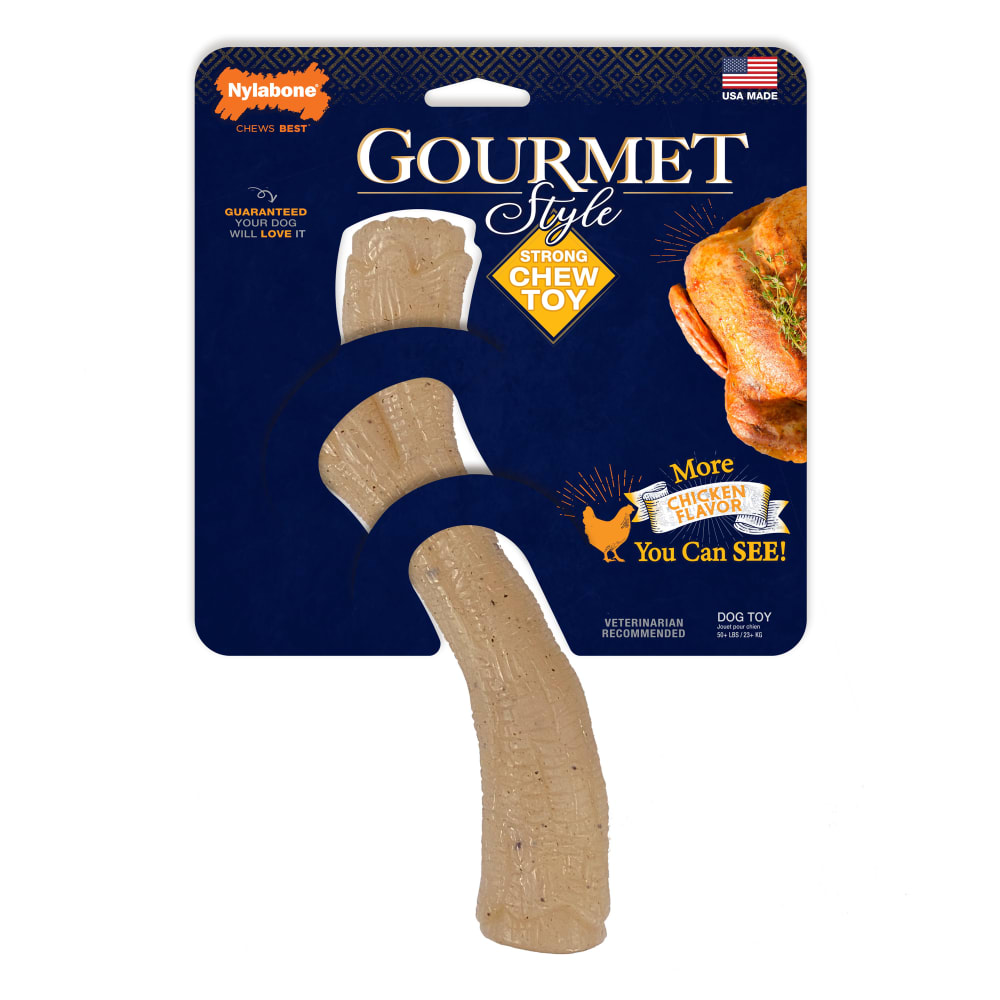Why Do Dogs Eat Wood? Should You Stop Them?
Sticks. Mulch. Table legs. Many furry friends seem to have a taste for wooden objects, whether they’re found in nature or your home. Although this is a common behavior, it might leave you wondering things like: Why do dogs eat wood? Is it dangerous? What should I do if my dog swallows a piece?
Find out the answers to these questions and discover how you can teach your dog healthy chewing habits!
Key Takeaways:
Many factors can cause dogs to chew on wood including stress, boredom, chewing instincts, teething, attention-seeking behavior, and pica.
Eating wood can be harmful to your dog’s health, potentially leading to splinters in their mouth, choking, or even intestinal blockage.
Giving your dog proper chewing outlets like chew toys and natural chews are effective ways to keep them from eating wood and promote non-destructive behavior.
Why Do Dogs Chew on Wood?

There are several reasons why dogs chew on wood and other objects, ranging from natural instincts to potential health issues. Here’s what might be causing the behavior:
Natural urge to chew: Every dog has an innate chewing instinct to help them learn about their world! While chewing is healthy for their overall wellbeing, you’ll need to teach them that gnawing on wood and other potentially dangerous objects isn’t allowed.
Teething: Puppy teething begins when a dog’s baby teeth start falling out and their permanent teeth begin to emerge. This process often causes sore gums, and chewing provides a soothing way for pups to ease teething discomfort.
Boredom: Just like us, dogs get bored when they don’t get enough mental stimulation or physical exercise. Many dogs will chew pretty much anything to keep themselves entertained, whether it’s a piece of wood, your shoes, or their own paws.
Attention: Dogs often want attention, even if it’s not under the best circumstances! If your furry friend knows chewing a piece of wood will get a reaction out of you, they might do it to put themselves in the spotlight.
Stress: Chewing provides a calming activity for dogs who feel anxious. Common stressful situations like separation anxiety can lead to destructive chewing behaviors.
Pica: This disorder typically causes dogs to compulsively eat inedible objects like clothing, paper, and of course, wood. Hunger or a nutrient deficiency can lead to pica in dogs, but ensuring your pooch enjoys a well-balanced diet can help prevent it.
Why Do Some Dogs Eat Charred Wood and Wood Chips?
You may have noticed some furry friends have a particular affinity for charred wood. While this may seem puzzling, the logic is simple: the smoky flavor and scent of burnt wood remind dogs of tasty barbecue! Plus, it’s brittle and easy to chew.
Dogs often eat wood chips simply because they’re accessible. Think about it: if your dog is hanging out in the yard alone, odds are they’ll start sniffing around. If you have a mulched area, they could find themselves exploring all the unique sights and smells—including wood chips. Keep in mind that dyed or treated wood chips may contain chemicals, so it’s best to keep landscaped areas off limits.
🐶 Related: 13 Common Dog Behavioral Issues & Tips to Solve Them
Is It Bad for a Dog to Eat Wood?
Yes, chewing wood can be harmful to your dog’s health and shouldn’t be allowed. This behavior can lead to splinters in their mouth, infected gums, or even broken or fractured teeth. Swallowing a piece of wood may result in a variety of issues for your dog, such as:
- Upset stomach
- Vomiting
- Diarrhea
- Choking
- Intestinal blockage
- Damage to the esophagus
While those more serious issues aren’t necessarily common, it’s important to check your dog’s mouth if you catch them chewing wood. Coughing, gagging, and difficulty breathing indicate a piece of wood may be stuck in their throat, which could require emergency veterinary care.
What to Do If Your Dog Eats Wood
If you find your dog eating wood and suspect a piece is caught in their throat, the best thing to do is call your veterinarian right away. Although the wood might be small enough to pass through their digestive system without issue, your vet can help you assess the situation and may recommend further treatment. Keep an eye on your dog and check for the signs of distress mentioned above.
How to Stop Your Dog from Eating Wood
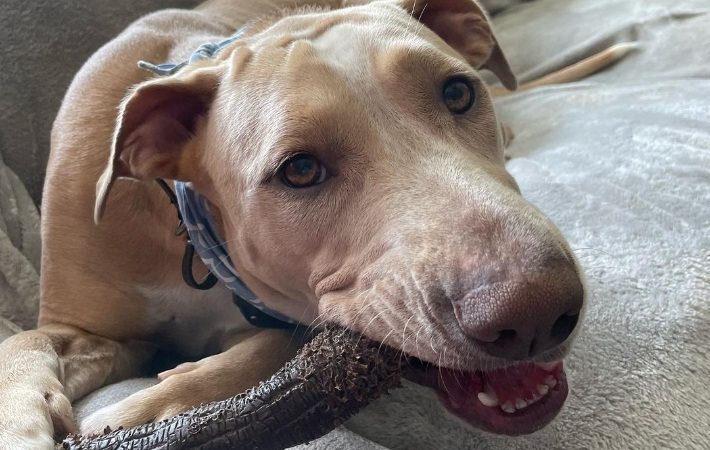
Training your dog and offering healthy distractions can keep them away from wood. Try these effective methods for putting an end to the behavior:
Supervise your dog outside: If your dog primarily chews on wood outdoors, watching them when they go out is the simplest way to curb the behavior. Make sure your dog knows the “drop it” command in case they get their mouth on a stick or some wood chips.
Dog-proof your home: Similarly, limiting access to wood will help keep your dog safe. Use a repellent spray on furniture and other wooden objects to discourage your furry friend from biting them. If your yard has trees or mulch, consider adding physical barriers to keep your dog away.
Give them chew toys: Not only do chew toys come in an enticing variety of flavors and shapes, but they also teach healthy chewing habits. Your dog will happily prefer a tasty chew toy over a stick or piece of furniture, and you’ll appreciate the fact that it will help clean their teeth as they chew. Plus, our Strong Chew stick and Strong Chew marshmallow stick are made with real wood that’s safe to chew—no splinters or mess!
Offer natural chews: Another great alternative to wood, natural dog chews offer long-lasting chewing satisfaction. Beef hide, bully sticks, shin bones, and rib bones offer a wholesome reward you’ll be happy to give.
Enjoy regular playtime together: An enriched mind and body will prevent your dog from making their own—potentially destructive—entertainment. Making up games with dog play toys and taking regular walks together offer the exercise your furry friend craves and help deepen your bond! On cold or rainy days, try teaching them some cool dog tricks.
Chip Away at the Habit
While your dog should never chew on wood, there are plenty of healthy alternatives to satisfy their chewing instincts and keep them happy. Not to mention, they’ll be better trained and less likely to munch on your belongings!
Learning why dogs eat wood will help you understand some of our furry friends’ other quirky habits. Read on for answers to these questions:
- Why Do Dogs Eat Rocks (and How to Prevent It)?
- Why Do Dogs Eat Grass?
- Why Do Dogs Chase Their Tails (and Is It a Problem)?
- Why Do Dogs Like Sticks? Are They Safe to Chew?
FOLLOW US!



